Procedure to Delete DEHD Ransomware and Recover Files
This post contains all information about DEHD Ransomware and its removal technique. If somehow your System has been infected with this threat and you are unable to get rid of it from your System. Your files have been also locked and you are really wanted to decrypt files easily without paying ransom fee then reading this post carefully which is beneficial for you. Keep reading blog and carryout the provided instruction which help to give you more information about DEHD Ransomware and easy guide to delete it from your System.
What Is DEHD Ransomware?
DEHD Ransomware is newly identified as dangerous computer malware which is described under the group of Ransomware category. It has ability to infect users’ files and lock down all important data which is stored into your hard drive and Google drive. According to expert view, this threat has ability to stealthy get inside targeted Windows PC in order to execute lots of malignant tasks. Generally, it is designed to lock and encrypt user files like audios, videos, images, documents, PDFs files, database, excel sheet, power presentation and many more.
Once successfully locked your files then it delivers a ransom not in which it demands to pay certain amount of money through Bitcoin. It can also provide you a time limit period for paying ransom money to get decryption key. Otherwise, your files have been locked download permanently and you are able to revert it back. Its harmful behavior doesn’t end here. It can also access backdoor of System to allow third party to steal your personal identities and data. Actually, it is a just trick to lure innocent user in order to cheat their personal files.
Transmission Channel Of DEHD Ransomware
- Spam campaigns
- Bundled of shareware and freeware packages.
- Infected peripheral devices.
- untrusted or gambling website.
- P2P file sharing sources, exploit kits, drive-by-downloads and many more.
Don’t Believe On Ransom Note Displayed By DEHD Ransomware
Ransom note can also be found on each targeted folder that had .dehd file extension. The con artist or developer of such a Ransomware often uses profile on Telegram messaging service to contact the affected hospitals, users and companies. Accessing the URL that enclosed in ransom note will lead affected users to Support page that is mainly managed by user. In the ransom note, hackers often claim that file recovery is possible after making contact with its developers but actually recovery is possible using backup. Additionally, it is recommended to delete DEHD Ransomware quickly from your System.
DEHD Ransomware can be dangerous that can remain install in the PC’s root files. It can keep itself hidden and execute malicious actions. To bring about complete removal of this dangerous malware, User should try using well-known Anti-malware scanner as listed below to check if this tool helps you perform malware removal without deleting or loosing any Computer’s files.
Download Spyhunter Anti-Malware (free scanner tool included)
(Crucial Facts: - SpyHunter is one of best security tool available for malware removal from compromised Computer. It has unique malware scanning algorithm and logics in order to deals with malware including Ransomware and Trojans. Additionally, it also provides free malware scanner for Users and if it detect malware, it provides one remediation after 48 hours of waiting period. Apart from this one, there other security tool available on our website. You can try that too, at the end choices is all yours.)
DEHD Ransomware not just compromise the PC or Laptop but it also allows other malware and Trojan malware threat to get onboard. Henceforth, it is highly important to delete DEHD Ransomware from PC. Below in this article, some easy and common malware removal tips are mentioned. You can follow them to see whether it is effective or not.
Securing browser from unwanted push notifications:
Chrome Browser
- Go to setting of chrome browser by clicking on three dots menu located on top right corner.
- Click on “Advanced Settings” and go to “Privacy and Security” section by scrolling downwards.
- Select “Content Settings” and then “Notification” option.
- Find out all suspicious URLs, click on the three dots on the right side of each URLs, and choose “Block” or “Remove” option.
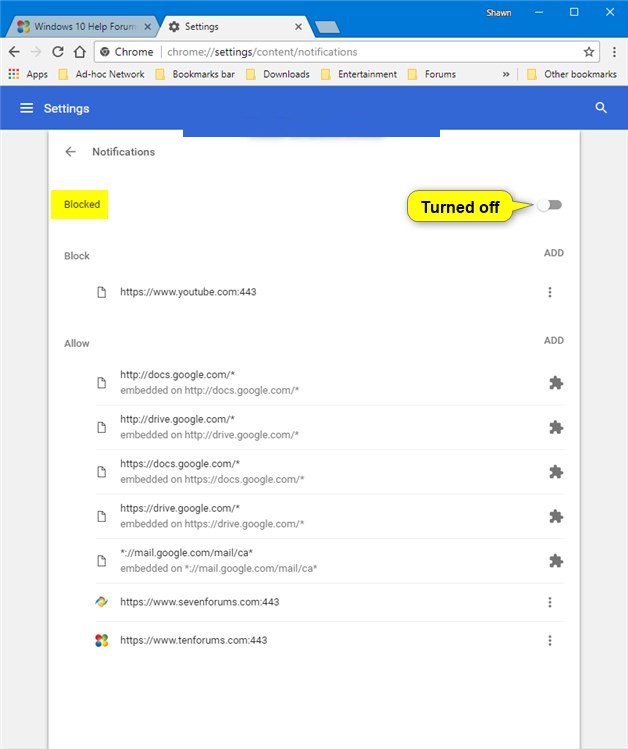
Mozilla Firefox
- Go to menu by clicking on three dot on the right corner of the screen.
- Select the “Options” and choose “Privacy and Security” from the toolbar present in the left side of PC screen.
- Go to “Permission” option by scrolling downwards and choose “Settings” next to “Notifications” options.
- A new window will open up, select all suspicious URLs, click on drop-down menu and select “Block”.
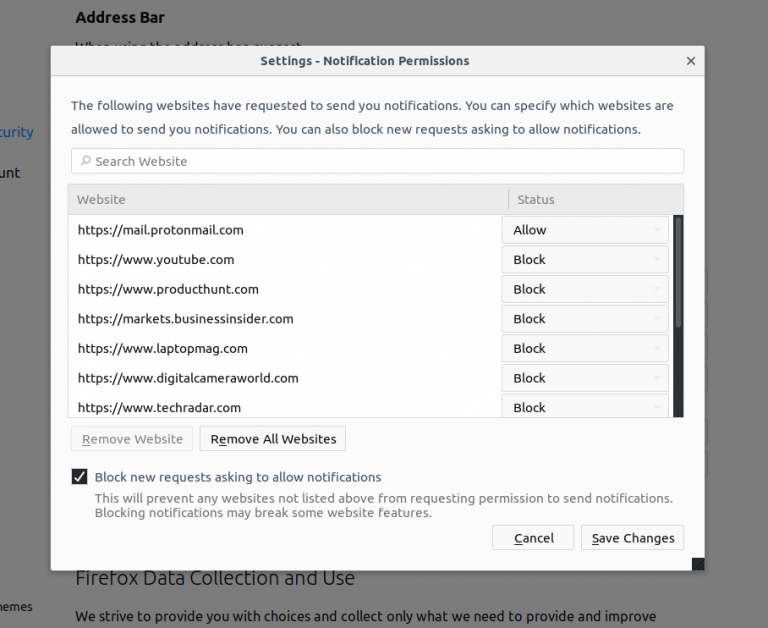
Internet Explorer
- Inside Internet Explorer, Select the gear icon present in the right corner of screen.
- Select “Internet Options” and then choose “Privacy” tab.
- Next, you need to select “Settings” under the “pop-up Blocker” section.
- Select all suspicious looking URLs and click on the “Remove” option.
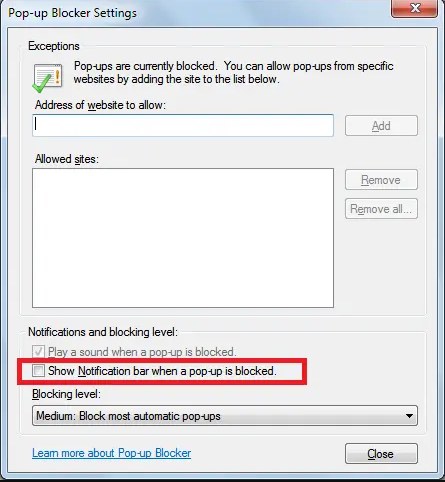
Microsoft EDGE
- Open up EDGE browser and go to menu by clicking on the three dots located on right corner of the screen.
- Scroll down, select “Settings” and then choose “View Advanced Settings”.
- Go to “Website Permission” option and click on “Manage” option.
- Click switch on every suspicious URLs.
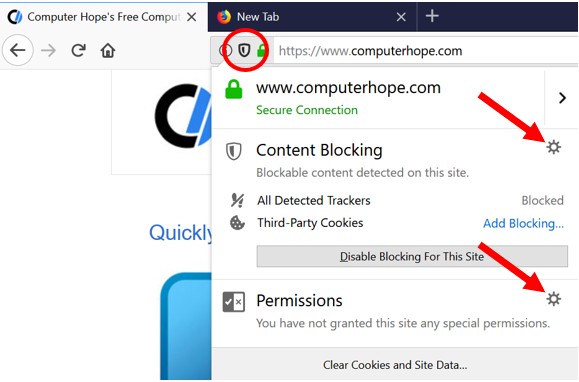
Safari (MAC)
- Check upper right corner, click on “Safari” and then “Preference”.
- Go to “Website” tab and choose “Notification” section from the left panel.
- Look for suspicious URLs and choose “Deny” Option for each URLs.
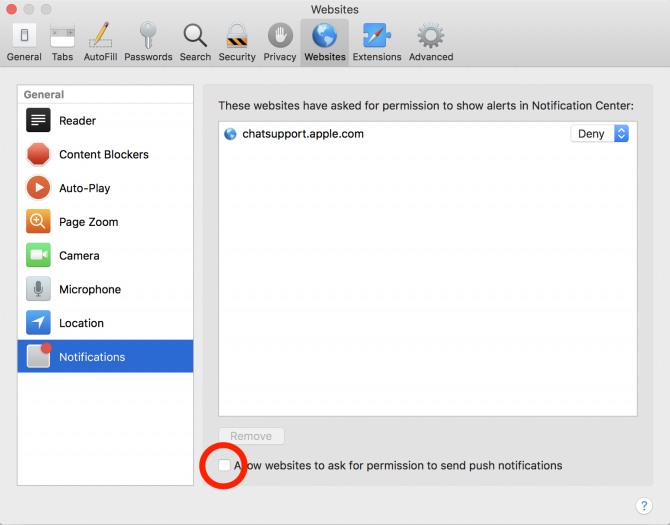
DEHD Ransomware can be dangerous that can remain install in the PC’s root files. It can keep itself hidden and execute malicious actions. In such conditions, relying only one manual method might not great idea. Additionally, manual method can be dangerous for the PC or Laptop if it used carelessly. That’s why, you should use well-known Anti-malware scanner tool as mentioned below instead of manual method. This Anti-Malware comes with free scanner that helps in finding and deleting malware from PC without compromising any files.
Download Spyhunter Anti-Malware (free scanner tool included)
(Crucial Facts: - SpyHunter is one of best security tool available for malware removal from compromised Computer. It has unique malware scanning algorithm and logics in order to deals with malware including Ransomware and Trojans. Additionally, it also provides free malware scanner for Users and if it detect malware, it provides one remediation after 48 hours of waiting period. Apart from this one, there other security tool available on our website. You can try that too, at the end choices is all yours.)
Manual guide to remove DEHD Ransomware from installed browser:
Remove suspicious or harmful add-ons, extensions and apps from browser.
Internet Explorer
Please click on the gear icon located at the top right corner of Internet Explorer. Select “Manage Add-ons” and search for recently installed or suspicious looking plugins and then click on “remove”.
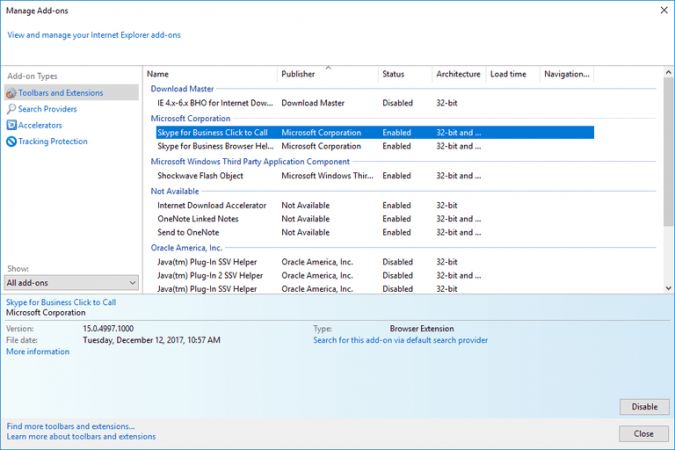
Note: if you still getting problem related to DEHD Ransomware, then you can try resetting the Internet Explorer settings to default. It will remove all custom setting, installed plugins, toolbars and apps from browser to default stage.
- Open up Internet Explorer, and click on gear icon located on top right corner. There choose “Internet Options”.
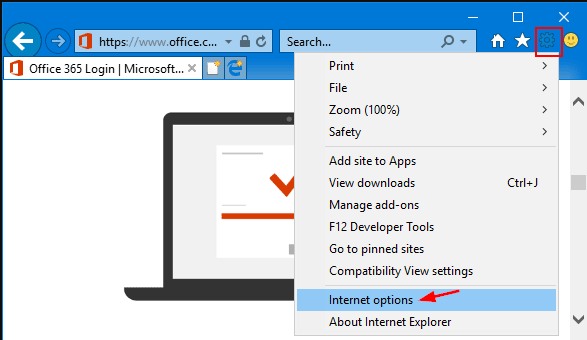
- Go to “Advanced “ tab from the newly opened window.
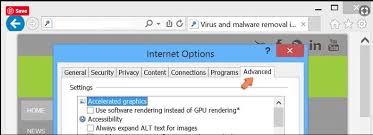
- Press on “Reset” option.

- Again, a new confirmation window will open up asking you to reset Internet Explorer settings to default. You need to press on the “Reset” button in order to do complete browser reset.
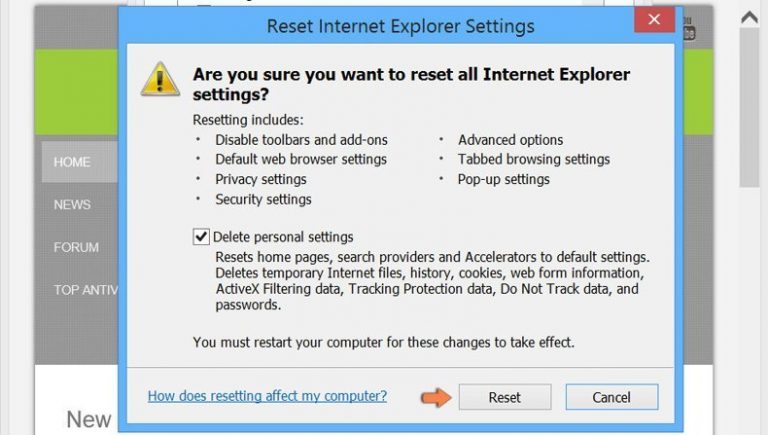
Chrome Browser
Open up Chrome browser and go to more tool by click on three dot located on the top right corner. Select “Extensions” option. There, search for all recently added extension and remove them.
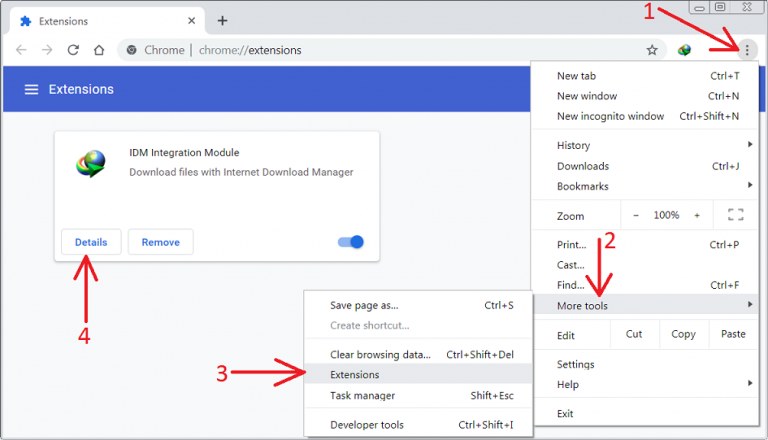
Additional guide: if the problem related to DEHD Ransomware persist then you should go for reset the whole browser settings to default. In order to do the same, you need to open up “Settings” by clicking on three dot located on top right corner of browser.
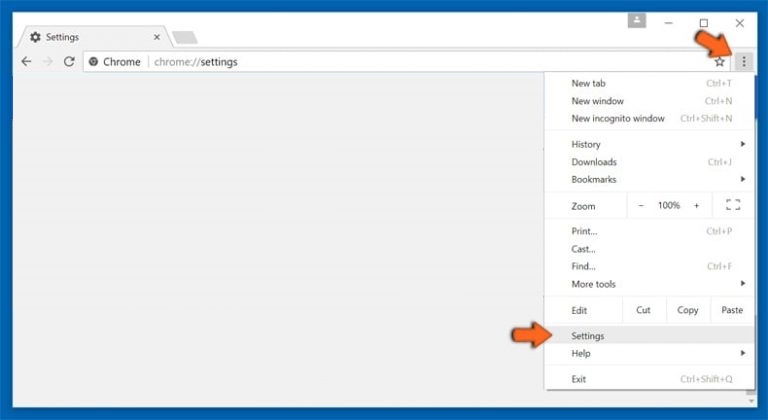
- Click on “Advanced” option and then click on “Reset and clean up”.
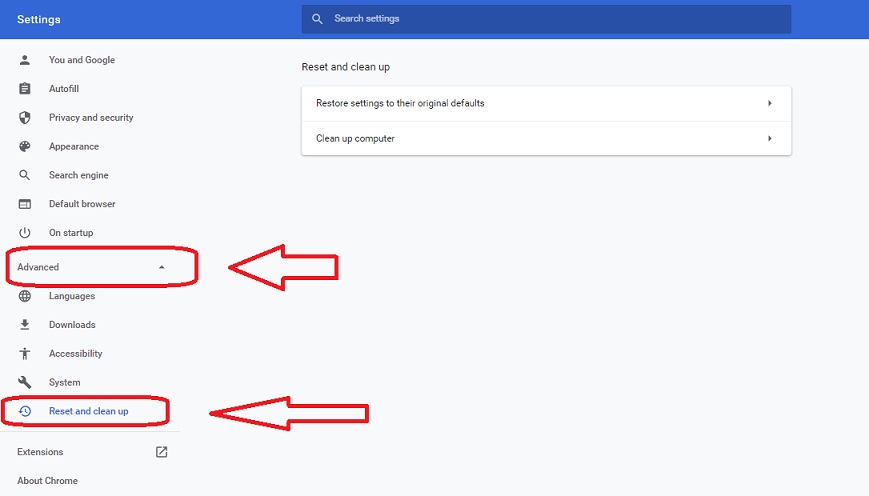
- Now, you will see two options. One is for browser clean up and another one is for resetting the browser settings to default, choose the option from there accordingly your needs.
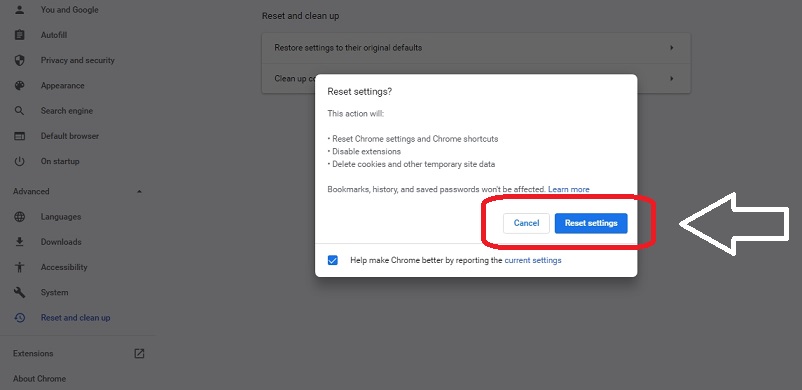
Mozilla Firefox
Select “Add-ons” option by clicking on menu on the top right corner. Click on “Extensions” and select all suspicious extension install recently and remove them.
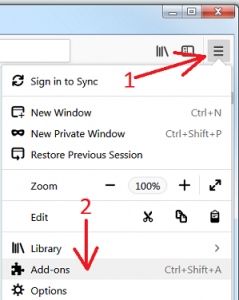
Note: you can also try resetting the Mozilla Firefox browser to remove DEHD Ransomware related extension and unauthorized settings.
- Open up the browser, go to “Menu” and click on “Help” option. Select “Troubleshooting Information”.
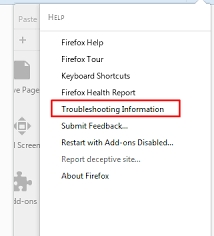
- A new window will open up asking you about resetting browser setting to default. Here, select “Refresh Firefox” option for complete reset.
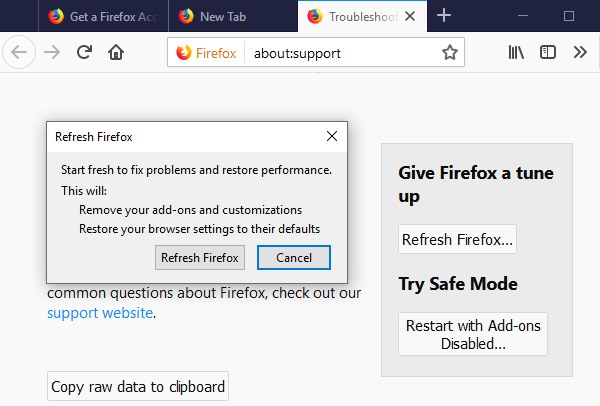
Safari Browser (MAC)
- Open up the browser, Click on “Safari” option on the top left and select “Preferences”.
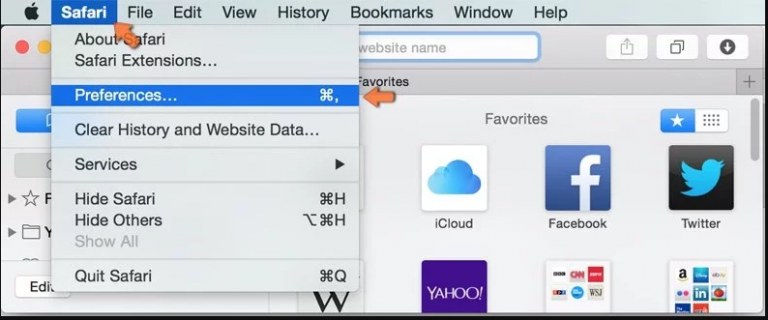
- Click on the “Extension”, choose all recent install or suspicious looking extensions, and click on “Uninstall”.
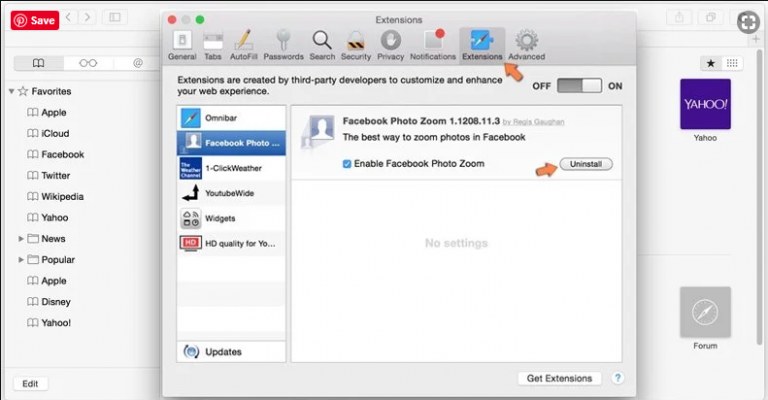
Additional information: If uninstalling some extension does not helps you in solving your problem then you can try resetting of browser setting.
- In order to reset the settings, go to “Safari” option on top left corner and select “Clear History and Website Data” from Drop down menu.
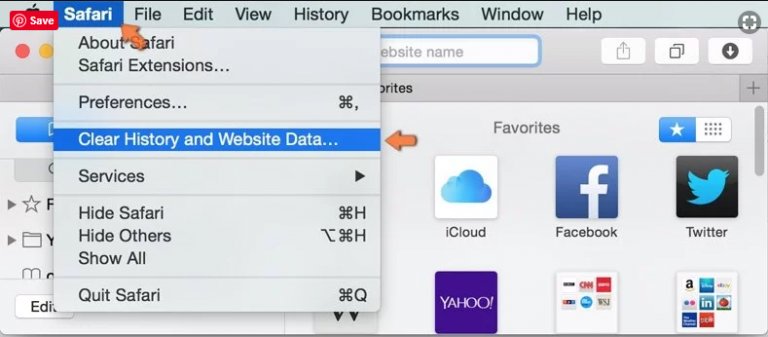
- From New opened window, select “All History” and click on “Clear History”.
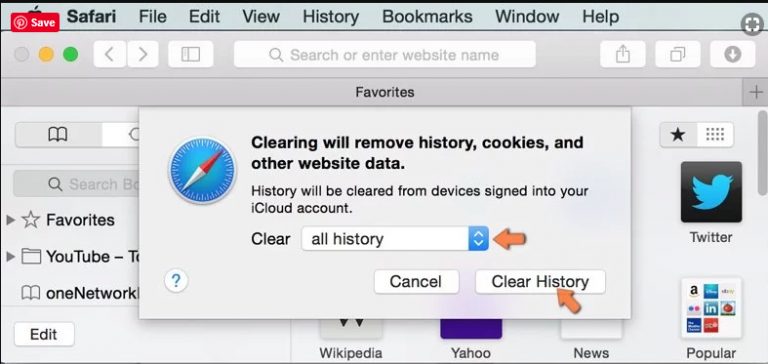
Microsoft EDGE
Open Edge browser and go to three-dots icon located in the top right corner. Select all the recently install or suspicious extension from the list and click on “Uninstall”.
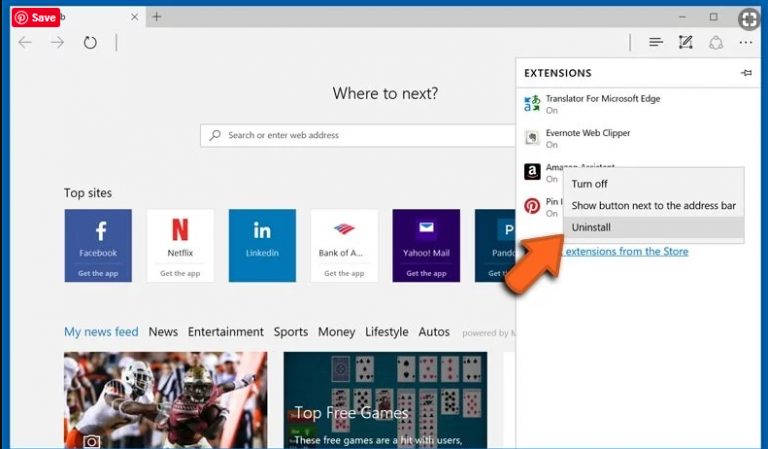
Another method to delete DEHD Ransomware is by resetting the browser’s settings.
- Click on three horizontal dots located on top right of the browser. Select “Settings”.
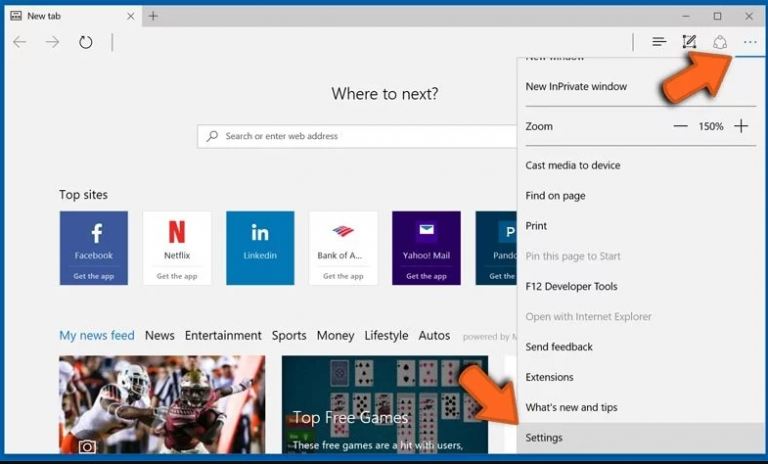
- Select “Choose what to clear” option from there.
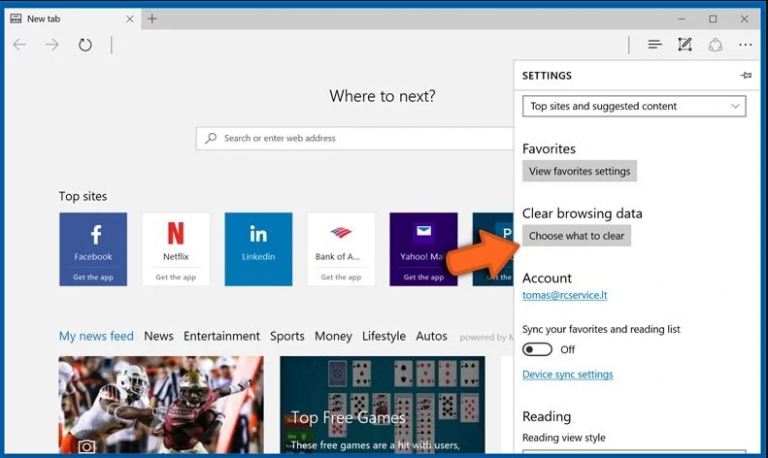
- Here, click on “Show more” option, select all from the list and click on “Clear” button.
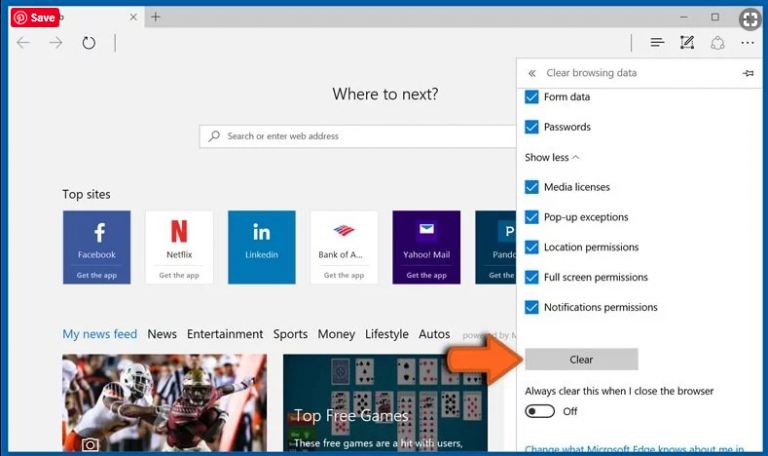
In many cases, potentially unwanted programs, Trojan and adware get install inside PC through unsafe downloading of files. It is advised to use reputed and trustable websites only while downloading of files and programs. In addition, please using only custom or advanced installation method in order to filter and trace each files (along with PUPs and adware) that can be install inside PC.
Download Spyhunter Anti-Malware (free scanner tool included)
(Crucial Facts: - SpyHunter is one of best security tool available for malware removal from compromised Computer. It has unique malware scanning algorithm and logics in order to deals with malware including Ransomware and Trojans. Additionally, it also provides free malware scanner for Users and if it detect malware, it provides one remediation after 48 hours of waiting period. Apart from this one, there other security tool available on our website. You can try that too, at the end choices is all yours.)
What to do if DEHD Ransomware get install inside PC or Laptop?
Delete DEHD Ransomware and its related items by using control panel.
For Windows 10 & 8 Users:
Drag the move on bottom left corner of screen and click right button of mouse. From the new opened menu click on “Control Panel” then click “Program and Features” to access all program installed inside PC or Laptop.
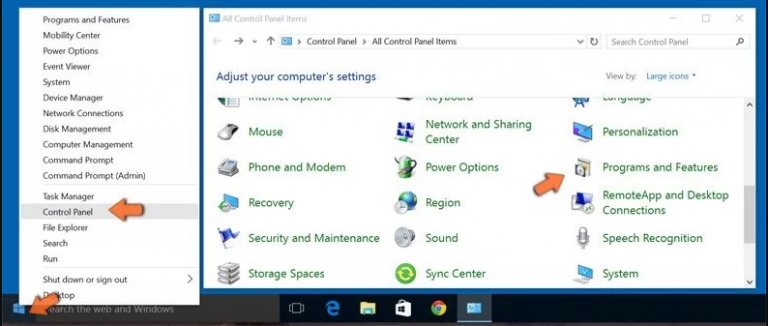
For Windows 7 Users:
Click on “Start” and select “Control Panel”. Choose “Programs” option to open up list of installed programs.
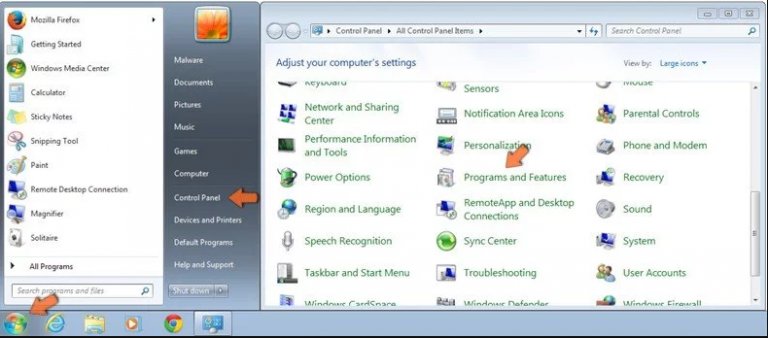
For Windows XP Users:
Click on “Start” button and select “Settings”. Click on “Control Panel” and look for “Add or Remove Program” option.
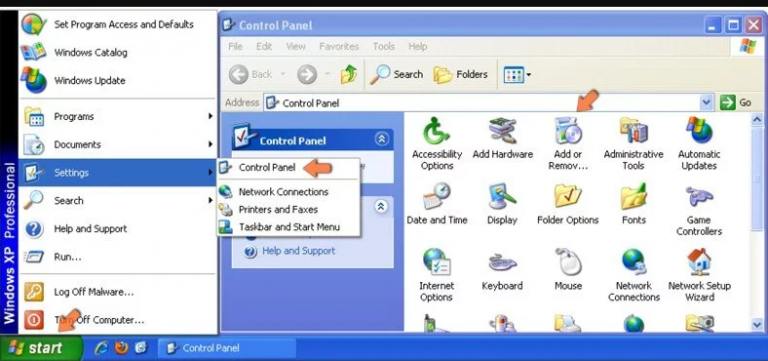
For Mac OSX Users:
Go to “Finder” option and select “Application” option from newly opened screen. In the “Application”, all installed apps are located there. You can drag and drop to “Trash” in order to remove suspicious programs.
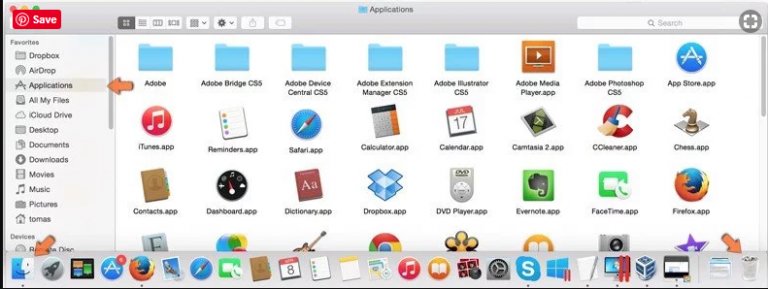
Once you have completed the uninstallation of suspicious or unwanted programs relatable to DEHD Ransomware, scan your PC with reputed Anti-malware for any other issue or other possibly remaining malware threats. In order to do proper and deep scan, it is highly recommended to below given anti-malware tool.
Download Spyhunter Anti-Malware (free scanner tool included)
(Crucial Facts: - SpyHunter is one of best security tool available for malware removal from compromised Computer. It has unique malware scanning algorithm and logics in order to deals with malware including Ransomware and Trojans. Additionally, it also provides free malware scanner for Users and if it detect malware, it provides one remediation after 48 hours of waiting period. Apart from this one, there other security tool available on our website. You can try that too, at the end choices is all yours.)

